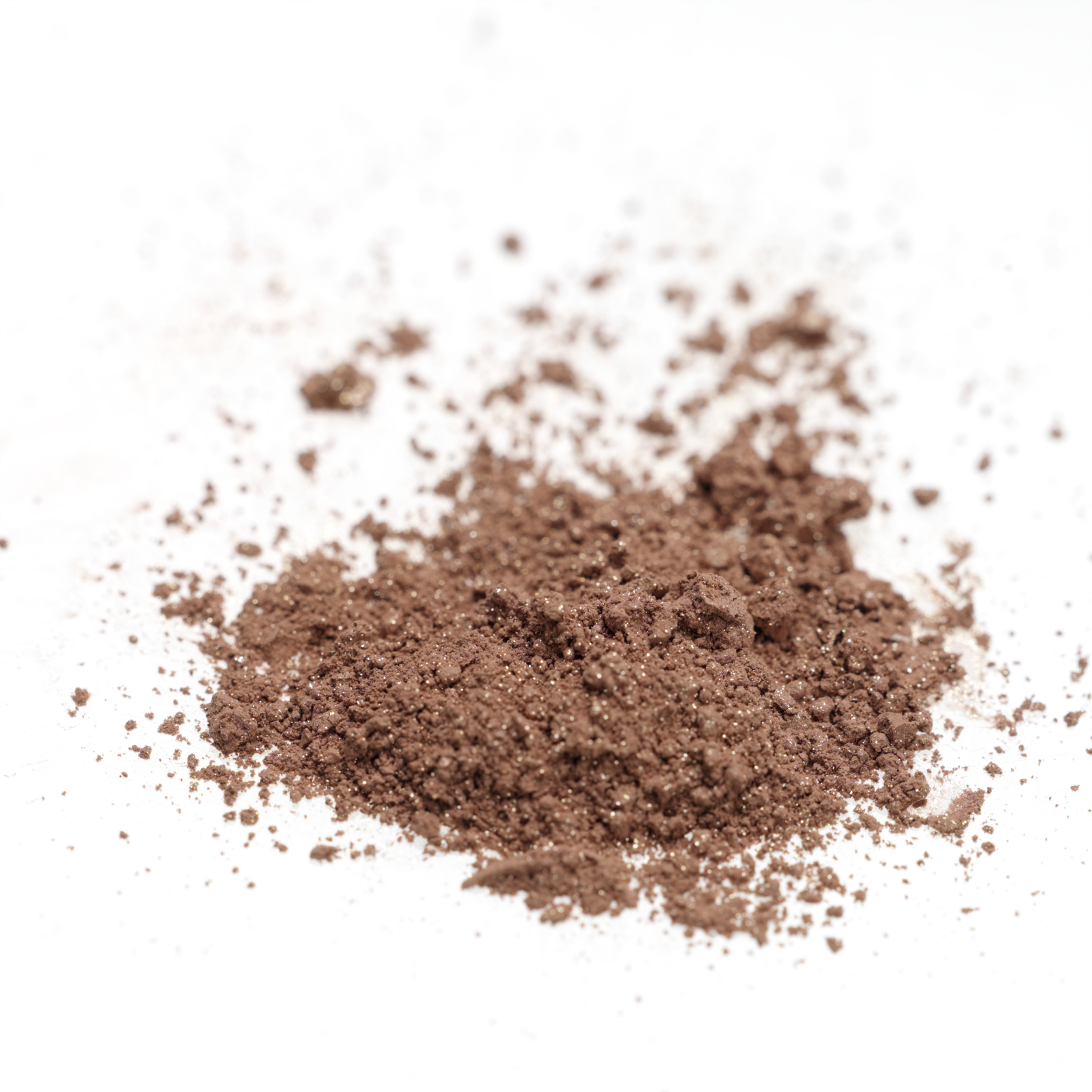Organic Beauty Products

Lean, Green Beauty Machines
When it comes to choosing organic beauty products, are you mindful of the ingredients that are printed on the label? More and more people are flocking to all-natural or organic beauty products. But what do "natural" and "organic" mean?
According to the USDA, "organic" means food and plants that are grown without the use of pesticides, synthetic fertilizers, sewage sludge, genetically modified organisms or ionizing radiation. The product that is labeled by the USDA also meets certain requirements as well.
What "Organic" Means
- 100% Organic: Contains at least 95% organic ingredients and carries the USDA organic seal.
- Made with organic ingredients: Contains at least 70% organic ingredients. This cannot carry the organic seal.
- Organic or certified organic: A minimum 95% of content, excluding salt and water, is organic by weight. These products also have the USDA organic seal.
- Less than 70% organic: Can only list the organic products its made with on the ingredient list. This cannot carry the organic seal.
- EcoCert: This process includes a rigorous inspection by a European certification body accredited to guarantee products are at least 95% organic.
Organic vs. Natural
There is a difference between organic and natural. By definition, "natural" means the product was created from botanical sources without additives or preservatives, but there has been no regulation on what is natural and what isn't. Companies have been prone to label their beauty products as "natural" when they contain one or two natural ingredients. However, there is now an organization that governs these companies about using the term "natural."
The Natural Product Association added guidelines to beauty products that claim to be "natural." Since the wave of natural beauty products is high and will probably continue to increase, some companies are tying the natural name to their products. Without regulations, these companies rely on the consumer not checking the ingredients.
The Natural Product Association began regulating natural beauty products in the summer of 2008. For the first time, you can see if your natural beauty products carry their seal of approval. Here are some of the new guidelines that the Natural Product Association has laid out for natural products:
- The product must be made up of at least 95% truly natural ingredients or ingredients that are derived from natural sources.
- The product does not include ingredients with any potential suspected human health risks.
- The product was not made using any processes that significantly or adversely alter the purity/effect of the natural ingredients.
- The product includes ingredients that come from a purposeful, renewable/plentiful source found in nature (flora, fauna, minerals).
- The product utilizes processes that are minimal and don't use synthetic/harsh chemicals or otherwise dilute purity.
- The product has used non-natural ingredients only when viable natural alternative ingredients are unavailable and only when there are absolutely no suspected potential human health risks.
Some beauty training schools have even started using all-natural beauty products. Future estheticians are learning early that these products are good for their clients as well as for the Earth. Through esthetics training, students can learn about some of the natural products out there and the benefits from using them.
BeautySchool.com offers you the ability to search for a beauty school in your area to find a quality cosmetology institution that fits your needs. Upon completing your program, you can obtain your state cosmetology license and begin a rewarding beauty career.